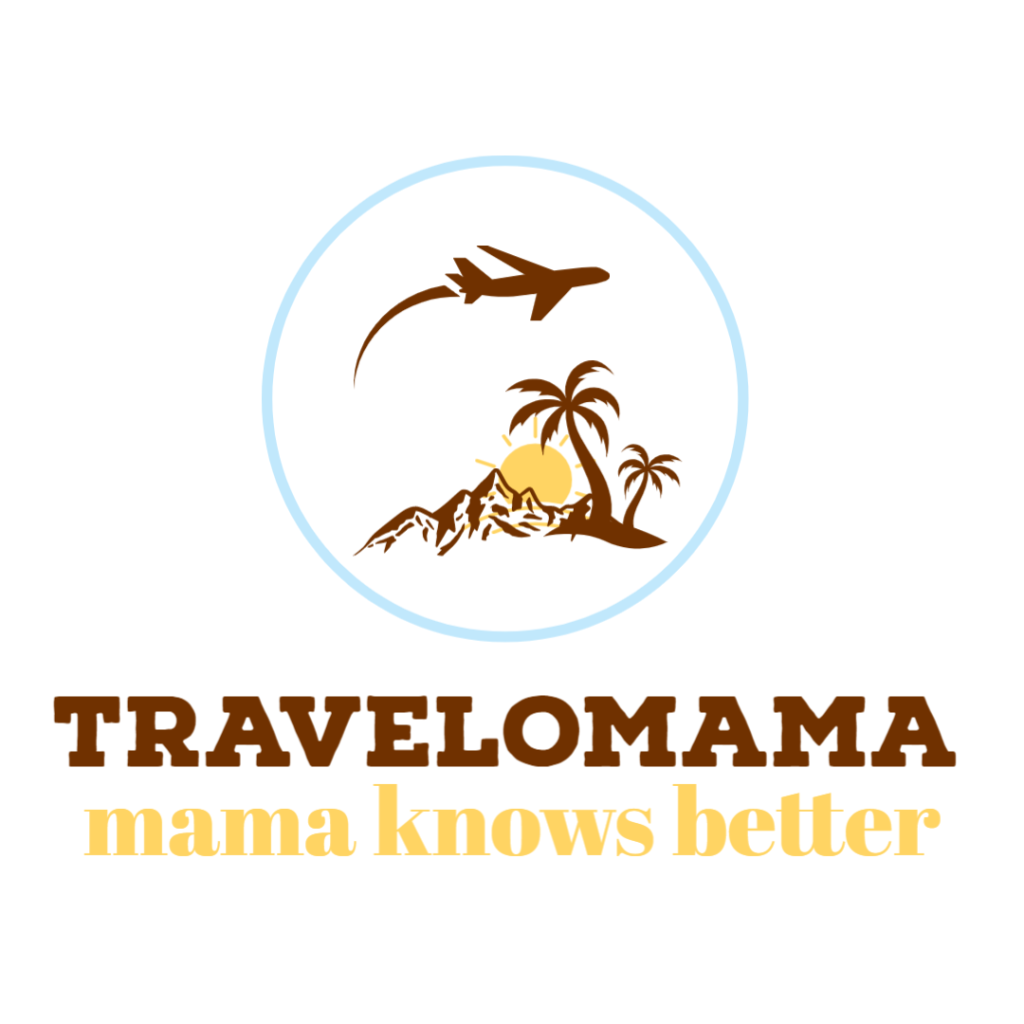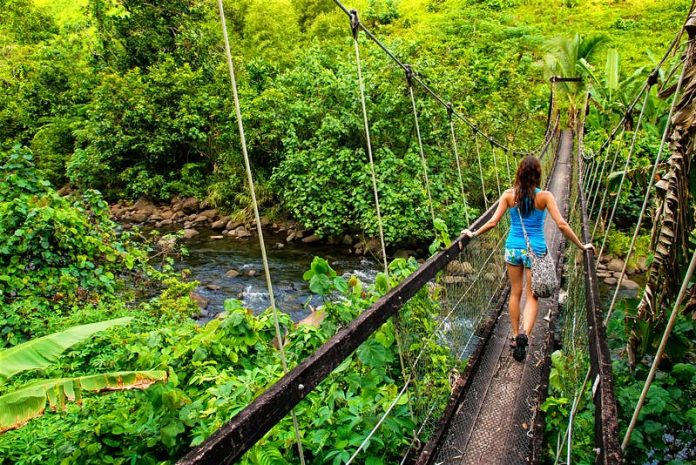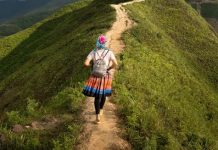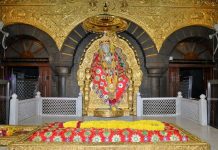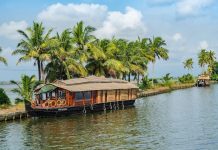The South Pacific confounds even the savviest map buffs with its splatter of dots spread across the world’s biggest ocean. What you can’t tell from a map, or even most tourist brochures is that these palm-laden pinpricks are as diverse as the region is vast. While the postcards might look similar, Fiji and Tahiti are not interchangeable or even much alike when it comes to landscapes and culture.
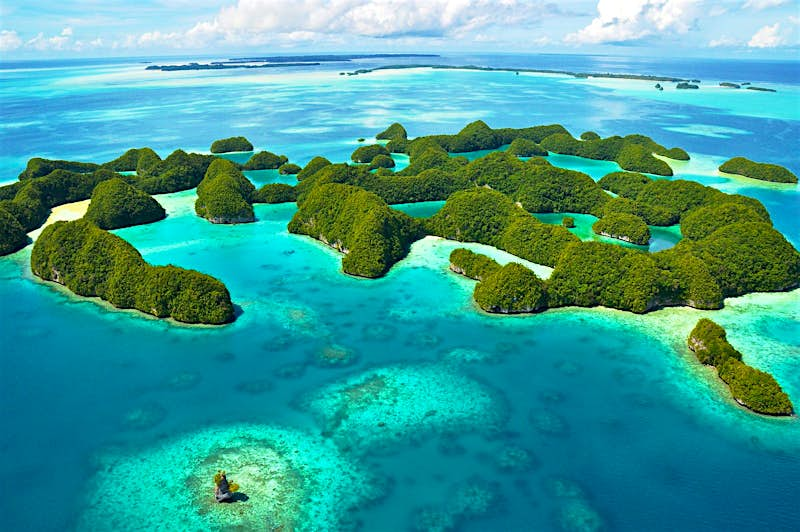
As you move east across the Pacific from the Solomon Islands to Easter Island, the flora and fauna becomes less diverse. Islands to the east like New Caledonia and Fiji have land snakes and fruit bats, French Polynesia and Easter Island don’t. Underwater you’ll find more soft corals in the plankton-rich waters to the west but better visibility in the greater reaches of open water to the east.
South Pacific islands are culturally and geographically divided into Polynesia (from the Greek meaning ‘many islands’) and Melanesia (meaning ‘black islands’). Polynesian islands include Samoa, Tonga, Cook Islands, French Polynesia and Easter Island while Fiji, New Caledonia, Vanuatu and the Solomon Islands are Melanesian. The colonial history of the islands has resulted in a modern-day patchwork of English- and French-speaking island groups (plus Spanish in the far eastern Easter Island).
Still confused? Here’s the low-down on the main regions and their highlights.
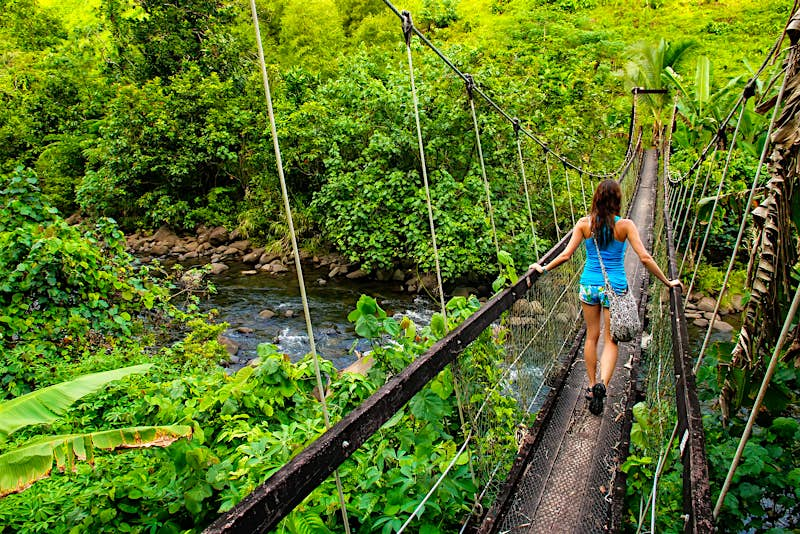
Fiji
Best for: culture, diving, families, backpackers, resorts
Language: English
Fiji receives nearly the same amount of visitors (about 630,000 annually) as the rest of the South Pacific combined but it still feels wild and exotic. Scents of Indian curries waft from city roti shops while in villages Melanesian families invite you in for a bit of ‘grog’ (kava, a slightly narcotic beverage). Underwater you’ll find seascapes of soft corals so dense they look like purple and white forests.
Viti Levu, the Mamanuca and Yasawa Islands have the best beaches and most resorts while it’s easy to get off the beaten path on islands like the lush, dive havens of Taveuni and Vanua Levu or the near-roadless traditional escape of Kadavu.
Tahiti & French Polynesia
Best for: resorts, diving, culture, surfing, hiking
Language: French
With over 115 islands spanning five archipelagos, French Polynesia has it all from the legendary, luxe Bora Bora and its over-the-water-bungalows to uncountable forgotten islands perfect for Crusoe wannabes looking for a basic beach bungalow. Wherever you go, you’ll be kissed with a touch of French style.
Dive with plentiful reef sharks and manta rays in the Tuamotu Atolls; ogle the world’s fastest hip shaking at a Tahitian dance performance during the July Heiva Festival; hike to waterfalls and mountain ridges on Tahiti, Moorea, the Marquesas Islands and more; or watch professional surfers brave cavernous tubes at Teahupoo, Tahiti.
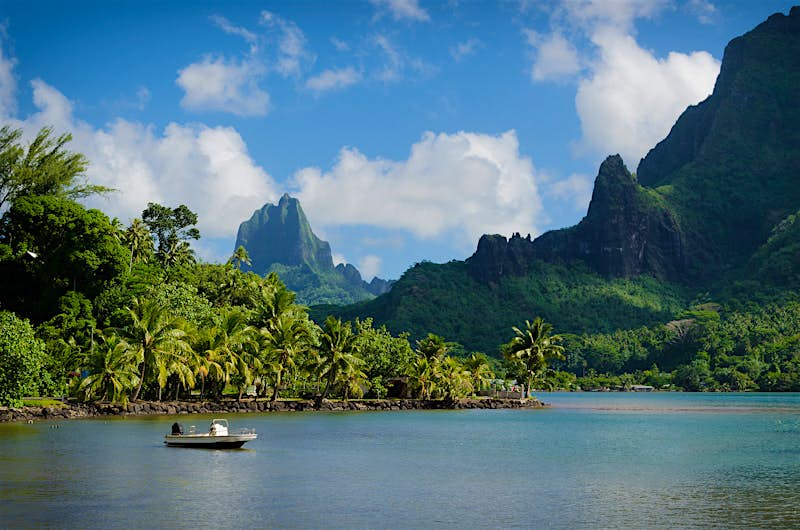
Raratonga & the Cook Islands
Best for: beaches, resorts, families, food, diving
Language: English
The Cook Islands mix Polynesian blue water and hospitality with New Zealand (who administer the islands) savoir faire. On the lush, main isle of Raratonga beach bum all day then experience an ‘Island Night’ Polynesian feast (pork cooked in an earthen oven, taro root and more) and a local dance performance.
Hop a plane to Aitutuaki atoll, with its low-lying coral islets curling around one of the world’s most fantastic lagoons. When not diving, snorkelling or swimming in blue water, check out the atoll’s ancient stone temples called marae.
Vanuatu
Best for: culture, volcanoes, backpackers, resorts, diving
Language: English & French
If you want rumbling volcanoes, kava bars, shipwrecks to dive on and wild jungles to trek but still want your roads paved and your cheese French, Vanuatu is the place for you.
The main Island of Efate is home to the endearingly dusty capitol of Port Vila but the real action lies on the outer islands. Tanna is dominated by fiery and climbable Mt Yasur. Espiritu Santo has upscale resorts and a tough trek to the massive Millennium Cave filled with waterfalls and bats. Dive and snorkel WWII wrecks to coral gardens.
Samoa & American Samoa
Best for: beaches, culture, surfing, peace & quiet, hiking
Language: English
The Samoan Islands are divided into two countries – Samoa, which is independent, and American Samoa, which – you guessed it – is an American territory. Both however remain very traditionally Polynesian. Although ‘Upolu in Samoa has a few relatively upscale resorts, all the islands feel untouristy and much other accommodation is in the form of basic open beach huts called fale.
You’ll find some of the South Pacific’s best and most pristine beaches, lots of smiles, flower-filled villages and a pace of life that stands out as slow even in this region. There are few organized excursions but for independent types the opportunity for hiking, cultural connections, surfing and snorkelling are endless.
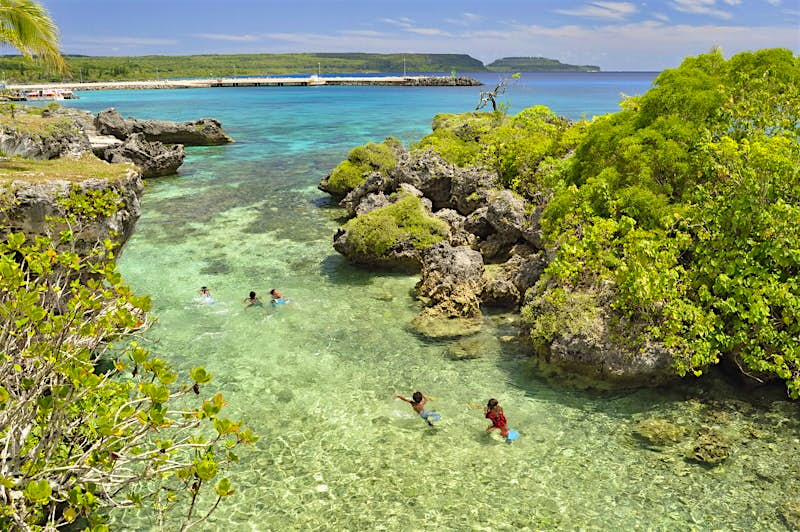
New Caledonia
Best for: beaches, culture, diving, food, wind sports
Language: French
New Caledonia’s massive Grande Terre is the third largest island in the Pacific (after Papua New Guinea and New Zealand) and is home to the second largest double barrier coral reef in the world (after Australia’s Great Barrier Reef).
Beyond the diving, wind sports and sailing in the lagoon, the land supports a mix of Melanesian and French cultures that bring an elegant balance to hospitality, cuisine and accommodation ranging from beach bungalows to very posh resorts.
Outlying islands such as Île des Pins and Ouvéa offer more remote escapes with some of the Pacific’s best beaches and heaps of delicious seafood.
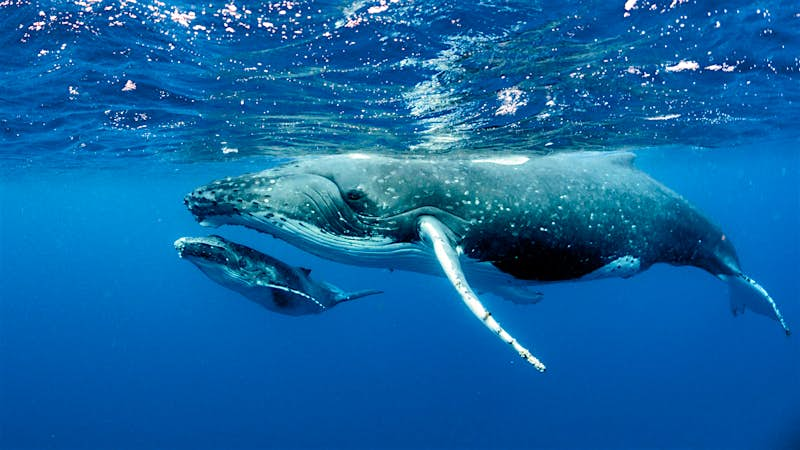
Tonga
Best for: culture, beaches, kayaking, whale watching, surfing
Language: English
The Kingdom of Tonga is a country of traditional values and strong Christianity backed by endless blue bays, sparkling beaches and ancient stone temples.
The main island of Tongatapu is the seat of the monarchy but most visitors head quickly to the Vava’u Group. Here you’ll find one of the best places on Earth to swim with or watch humpback whales. Sailboats flock around the Vava’u’s many sheltered blue bays while plenty of scarcely discovered surfing waves are tucked along the coasts.
Easter Island (Rapa Nui)
Best for: archaeology, culture, eco-tourism, hiking, horseback riding
Language: Spanish
Few places on the planet are as intriguing Easter Island 164 square kilometer island so far east, it’s technically a part of Chile. Giant, sober-faced stone statues called moai dominate the landscape here whether they are full-standing or still only partially carved from rock; their mystery is an even larger presence.
Tour the island on foot, bike or horseback, find small white beaches and enjoy the lively Polynesian culture mixed with South American spice. Tourism is on the rise but the island remains personable and dedicated to eco-travel.
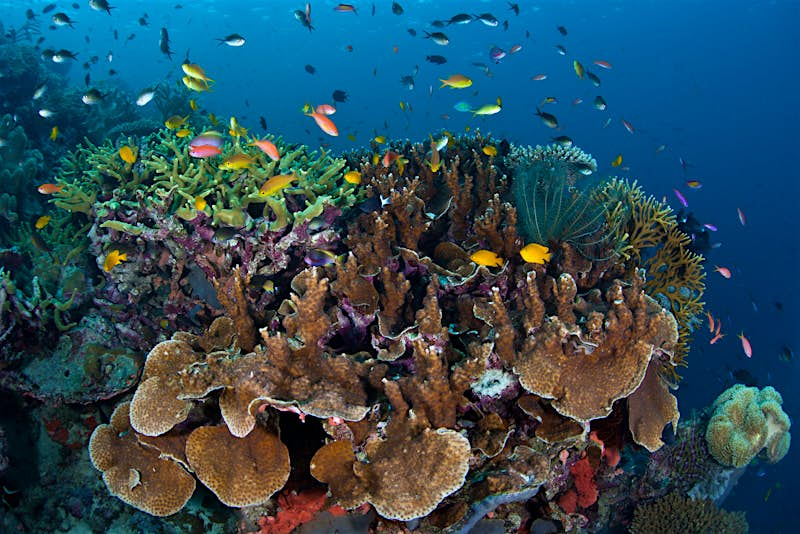
Solomon Islands
Best for: culture, diving, hiking, surfing, eco-tourism
Language: English
Arguably one of the wildest destinations in the South Pacific, the Solomon Islands host a traditional Melanesian culture and an ever-lingering WWII history. Guadalcanal, the capital island, is home to numerous historical war sites.
For relaxation head to the New Georgia Islands, particularly Marovo Lagoon for its fish-filled lagoon dotted with small islands. Beaches are few but the kayaking, diving and traditional culture make it a true adventure.
Other Islands
Where to begin? Some places like Niue, Tuvalu and Wallis & Futuna have flight connections while others like Tokelau and Pitcairn Island can still only be reached by sea (here’s the author’s tale of reaching Pitcairn Island). We could go on, but if you’re just getting started, you should have more than enough above to make you a busy (and happy) island-hopper for quite some time.
